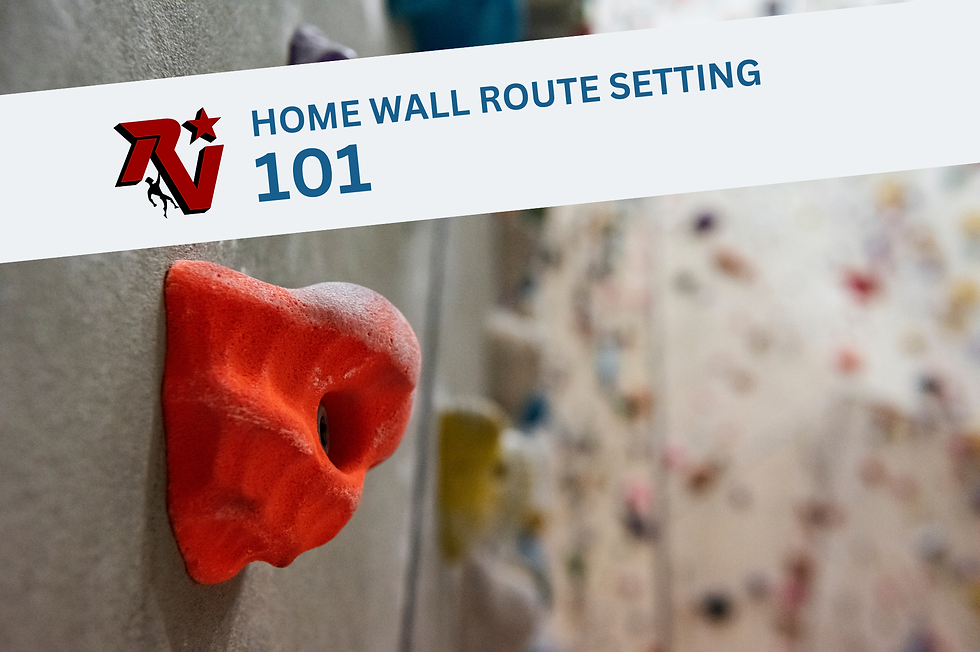3 Ways to Train for a Successful Rock Climbing Season
- Dovi Hirsch
- May 2, 2024
- 3 min read

With the last snow behind us, I think it is finally safe to say that spring has arrived. There is that fresh change in the air, the birds are chirping away, and that means it is time to get yourself ready for rock climbing season. Transitioning from winter sports to rock climbing does not have to be something that you dread. It can be a great opportunity to dust off the cobwebs or set your sights on some lofty goals of the season. So let’s hang up those skis (if you could even use them this season) and get to it.
Here is some advice for how to train for a successful rock climbing season:
1. Easing Back to Climbing
Did you spend your winter chasing fresh powder? Maybe you injured yourself at the end of last season and spent the winter rehabbing. Whatever the reason may be, if you took a hiatus from climbing the best way to ensure a successful season ahead is to ease back into it. This means that you should not jump into your old workout routine your first week back. Scale things down a few grades from where you left off and focus on climbing volume to build endurance. This will help you build back your fitness, make you more resistant to injury, and help you get back projecting those high grades.
2. Climbing Trip
If you spent your winter saving up for that epic climbing trip you have planned for this year, don’t ruin it by not training. The last thing you want to do is get to your climbing destination unprepared. Wherever you are going, first make sure you understand the type of climbing you will encounter so that you can adjust your training accordingly. Next, start your training plan at least 12-14 weeks prior to when you are expected to arrive. When developing your training plan, keep in mind what your ultimate goal of the trip is. Are you looking to try to onsight as much as you can? Do you want to spend your time pushing the grades and projecting? These are some critical questions you should ask.
3. Projecting Goal
If you left off last season with a list of items left to tick, this is your chance to focus on taking those down. When you know the specific climb that you have in mind, it makes it easier to adjust your training to achieve that goal. Use the tools you have at your disposal such as your local climbing gym or home equipment. If the climb is crimps, work on your crimp strength. If you are able to convince the setter at your gym to put up a route that re-creates the crux for you, go for it. Use your creativity for training and it will pay off.t there.
Featured Climbing Training Gear
Maverick: The on-the-go, bring it anywhere hangboard. On a family road trip to keep your fingers in shape. We like to bring this to the crag with us to keep our fingers warm—without losing skin on mediocre warm-ups—at that steep, thuggy sport crag.
Pinch Blocks: Don't let pinch strength stop you from sending! Use it while hanging, lifting, and even for one arm hangs; featuring various widths for pinching, a 20 mm edge, and a jug.
The Rock-Stah: Our handcrafted version of a traditional hangboard, with curving crimp rails to help alleviate unnecessary strain on your pulleys. Because ain’t no one got time for a finger injury…
The Rocket Wall: Available in 6’ and 8’ widths, it’s been tough for us to keep up with the demand for this innovative home climbing wall solution. Slightly overhanging, the Rocket Wall is big enough to set routes on, or to build a systems board.











Comments